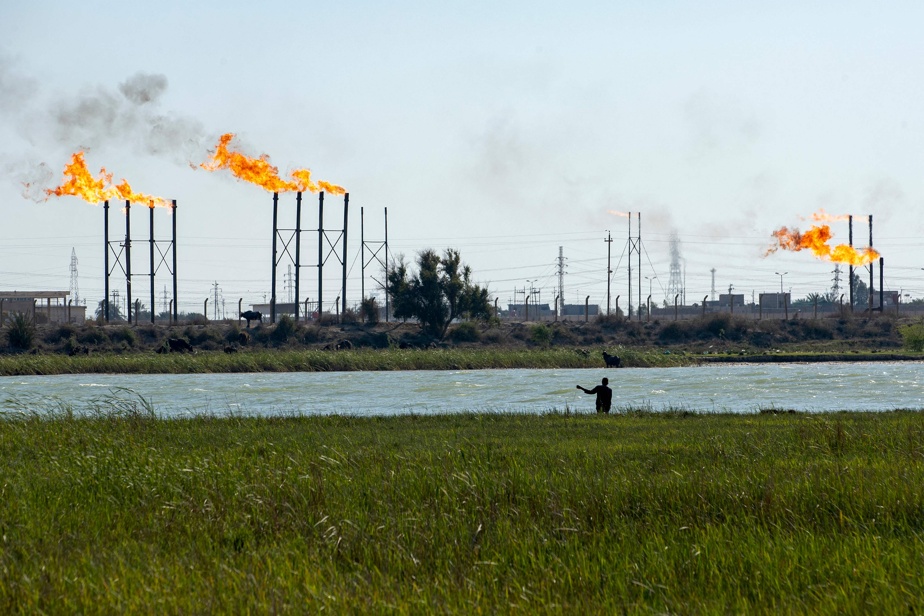(London) Oil prices remained stable on Wednesday, the market regaining its calm after the announcement of production cuts by OPEC + members, fears about global economic growth, and therefore demand, resurfacing.
Around 5:30 a.m. (Eastern time) (11:30 a.m. in Paris), a barrel of Brent from the North Sea for delivery in June lost 0.07% to 84.88 dollars.
Its American equivalent, a barrel of West Texas Intermediate (WTI), for delivery in May, slipped 0.19% to 80.56 dollars.
“After the announcement of OPEC + this weekend, calm has returned to the market,” says Tamas Varga, analyst for PVM Energy.
Investors’ attention is currently focused on “concerns about the strength of economic growth, as manufacturing activity in China, the euro zone and the United States slowed last month”, continues the analyst.
“The dilemma is whether the gloomy economic outlook or the reduction […] of OPEC+ production will dominate the thinking of investors” in the coming days, he underlines.
To everyone’s surprise, eight members of the Organization of the Petroleum Exporting Countries and their allies (OPEC+) announced on Sunday that they would cut their production by more than a million barrels a day, thus sending crude prices jumping at the start of the week. .
For Mr. Varga, the immediate potential for price increases is now limited, “the surprise effect (being) integrated into the prices”. “The next bullish impulse will come when these cuts are actually implemented,” in May.
Craig Erlam, an analyst at Oanda, notes for his part that the price of Brent should remain above 80 dollars a barrel, the group of exporting countries having shown its willingness to maintain the price at this level.
“Not only will it reduce its production, but it will do so without warning” in the event of a sharp drop in prices, he says.
Still on the supply side, Baghdad and the local authorities of Iraqi Kurdistan signed an agreement on Tuesday allowing the resumption of oil exports from the autonomous region to Turkey, interrupted ten days ago.
The market is also awaiting the release of US Commercial Inventories from the US Energy Information Agency (EIA) for the week ended March 31.
The industry federation, the American Petroleum Institute (API), estimated on Tuesday that crude inventories had fallen by 4.3 million barrels last week, and that those of gasoline had also shrunk by 4 million. barrels. However, API data is considered less reliable than that of the US Energy Information Administration (EIA).
Analysts for their part expect a drop of 1.7 million barrels in commercial crude reserves, and 2 million barrels of gasoline, according to the median of a consensus compiled by Bloomberg.
